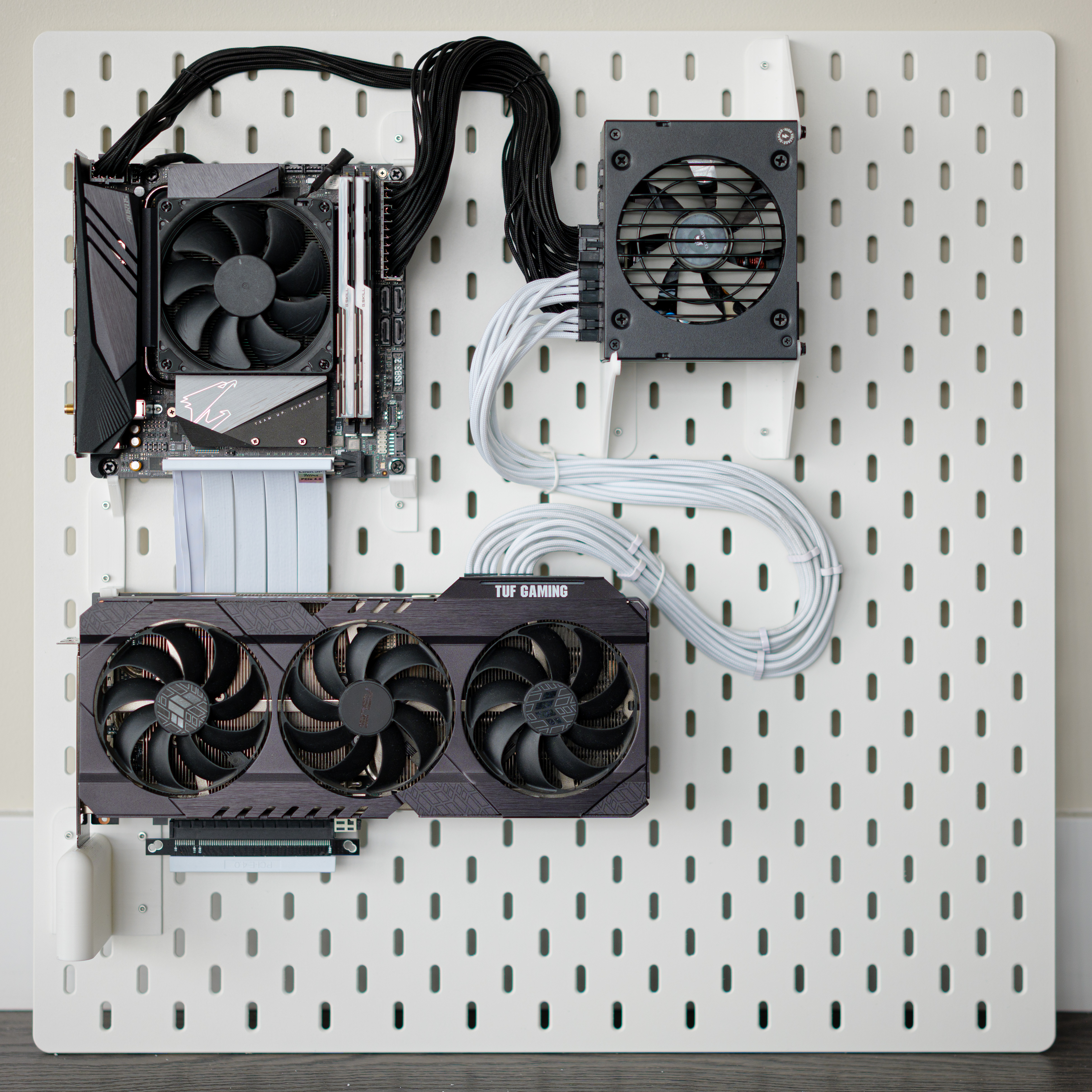this post was submitted on 04 Sep 2023
425 points (98.0% liked)
PC Master Race
15434 readers
87 users here now
A community for PC Master Race.
Rules:
- No bigotry: Including racism, sexism, homophobia, transphobia, or xenophobia. Code of Conduct.
- Be respectful. Everyone should feel welcome here.
- No NSFW content.
- No Ads / Spamming.
- Be thoughtful and helpful: even with ‘stupid’ questions. The world won’t be made better or worse by snarky comments schooling naive newcomers on Lemmy.
Notes:
- PCMR Community Name - Our Response and the Survey
founded 2 years ago
MODERATORS
you are viewing a single comment's thread
view the rest of the comments
view the rest of the comments

I'm curious about the effects of the added physical distance with a PCIe extension like that. Presumably it adds a tiny bit of latency across the wire. At what point does it become an issue?
it's only a problem if there's enough interference to prevent the card from linking at 16x with the pcie bus, otherwise lightspeed won't have measurable effects at that point, there's no processing done by the riser.
I run a SFFPC and it's really common to have a pcie riser just like that. Performance differences are minimal verging on unnoticeable.
Not for a considerable distance:
https://www.youtube.com/watch?v=q5xvwPa3r7M
The latency isn't an issue, the timing becomes an issue because you don't have a clean signal at some point, meaning the signal will arrive "spread out" over time. If it spreads to the next signal, your GPU isn't recognized anymore.
But as long as.that doesn't happen, there is no latency or performance decrease.